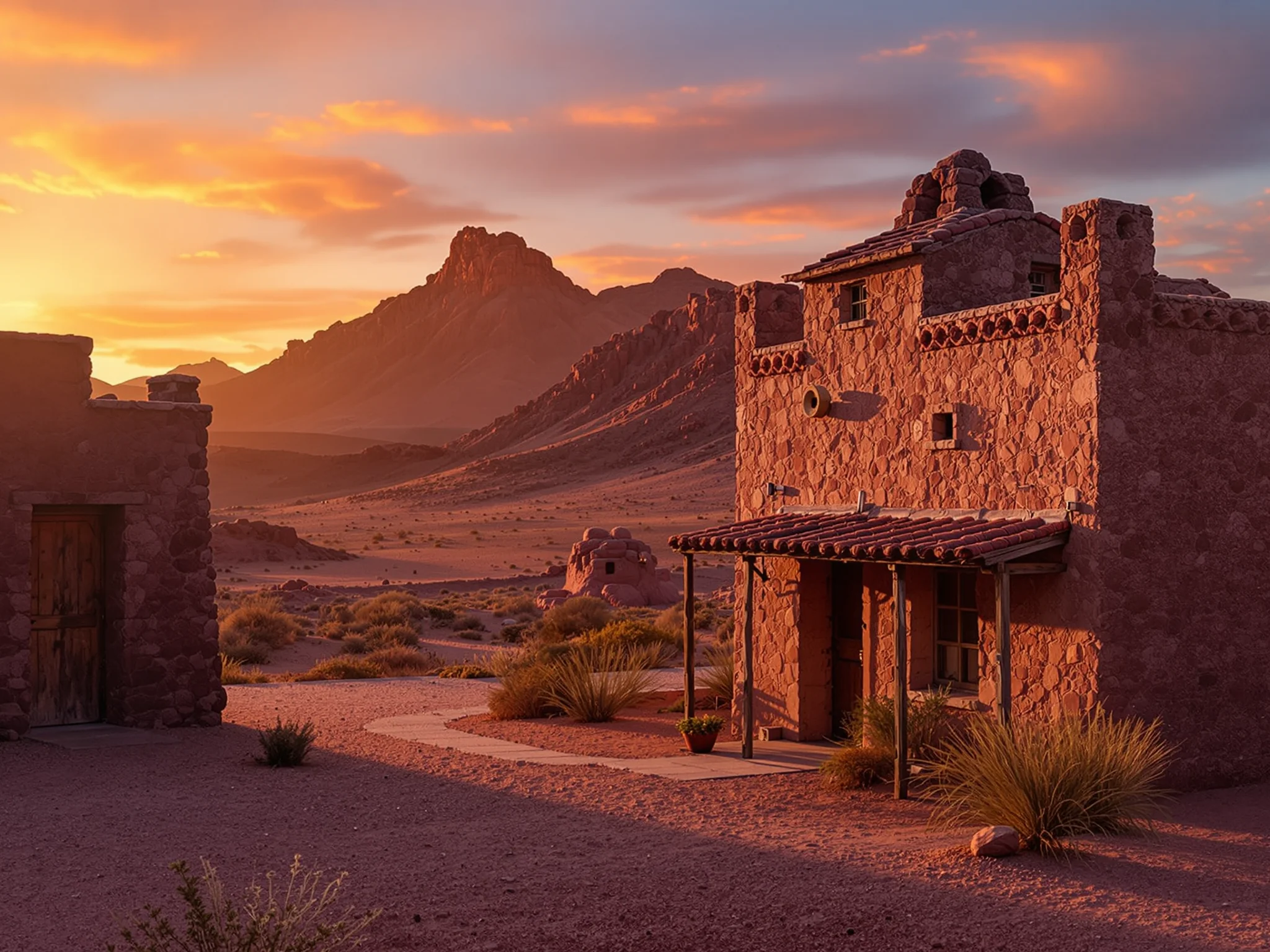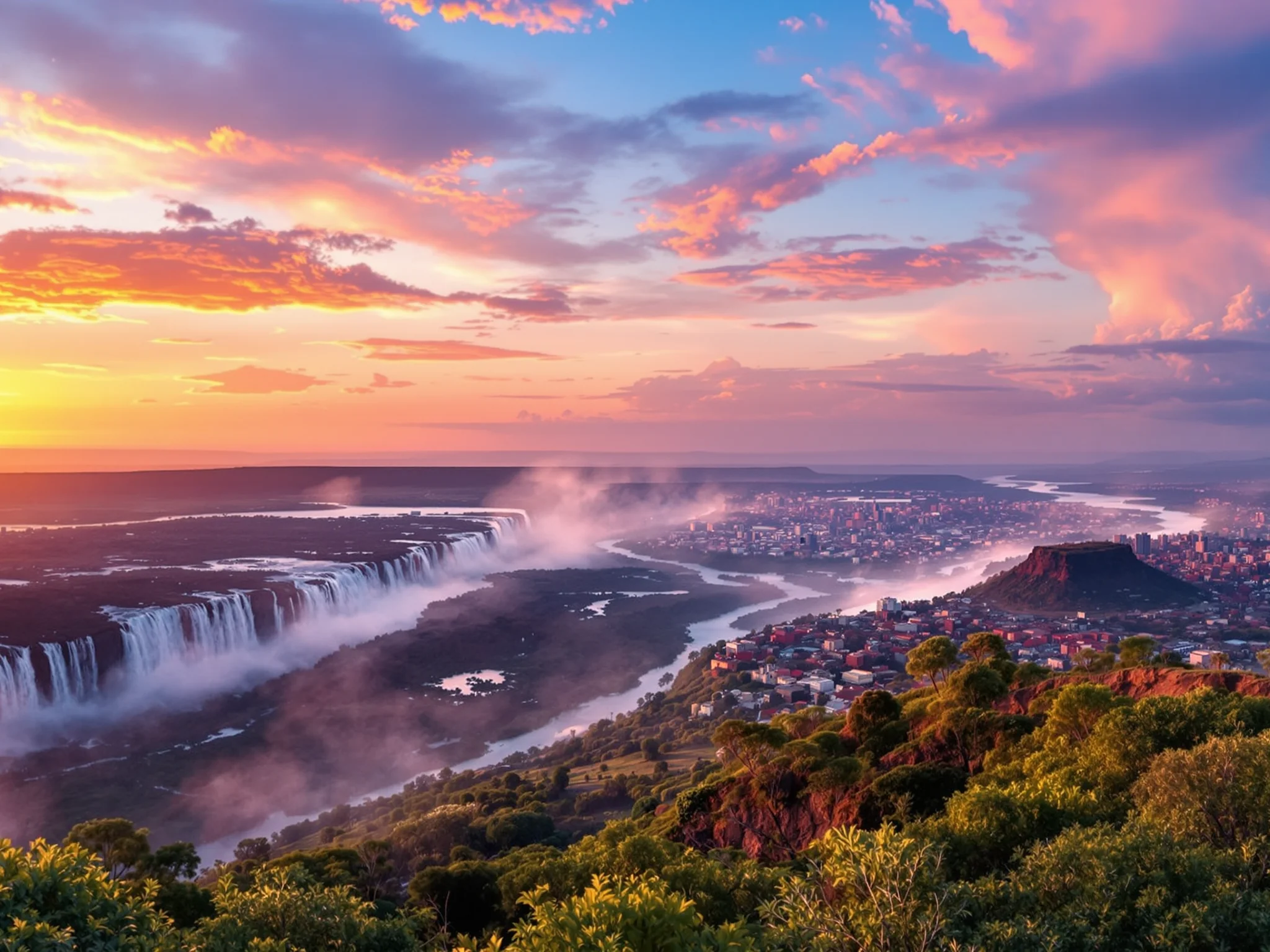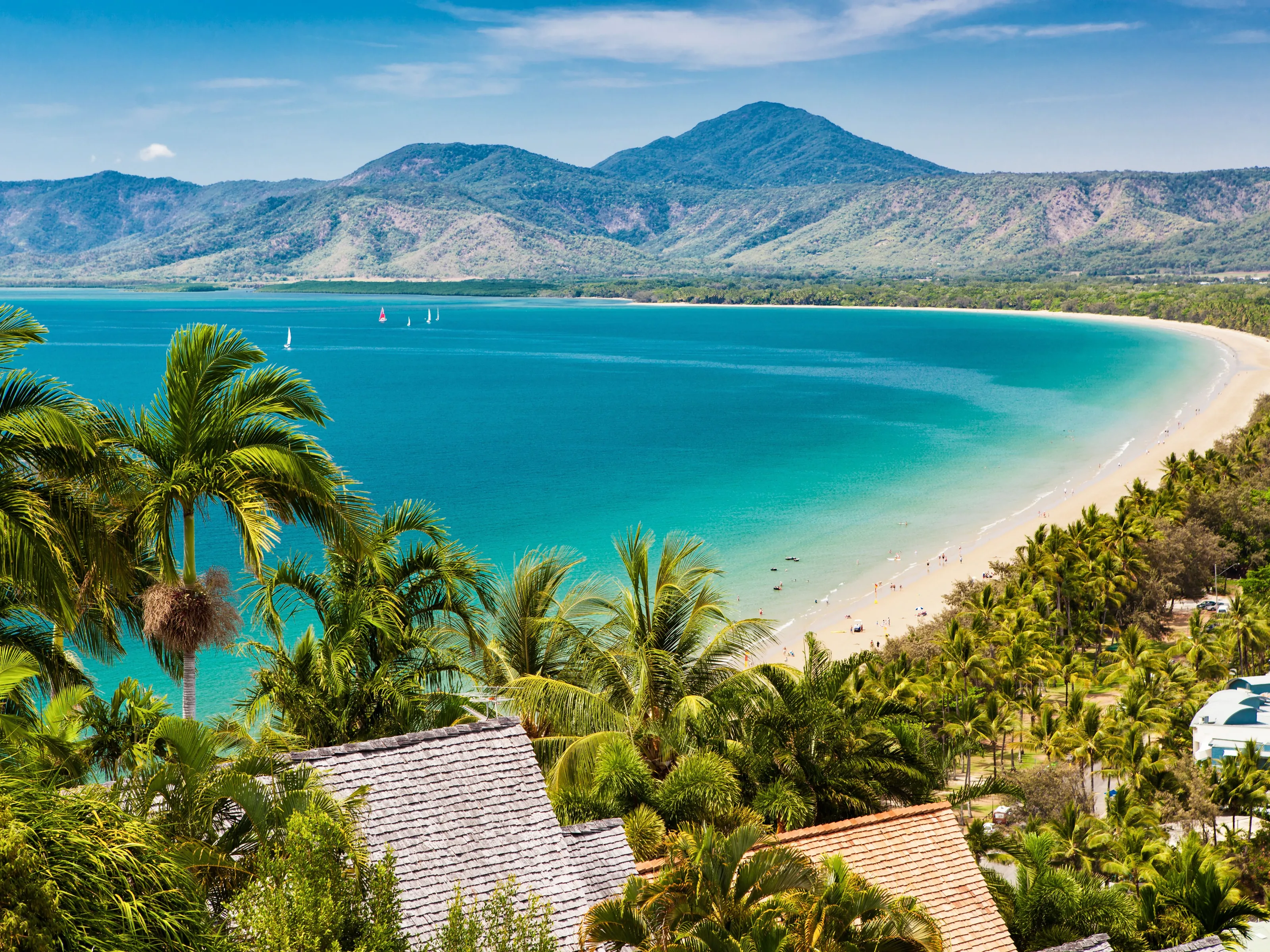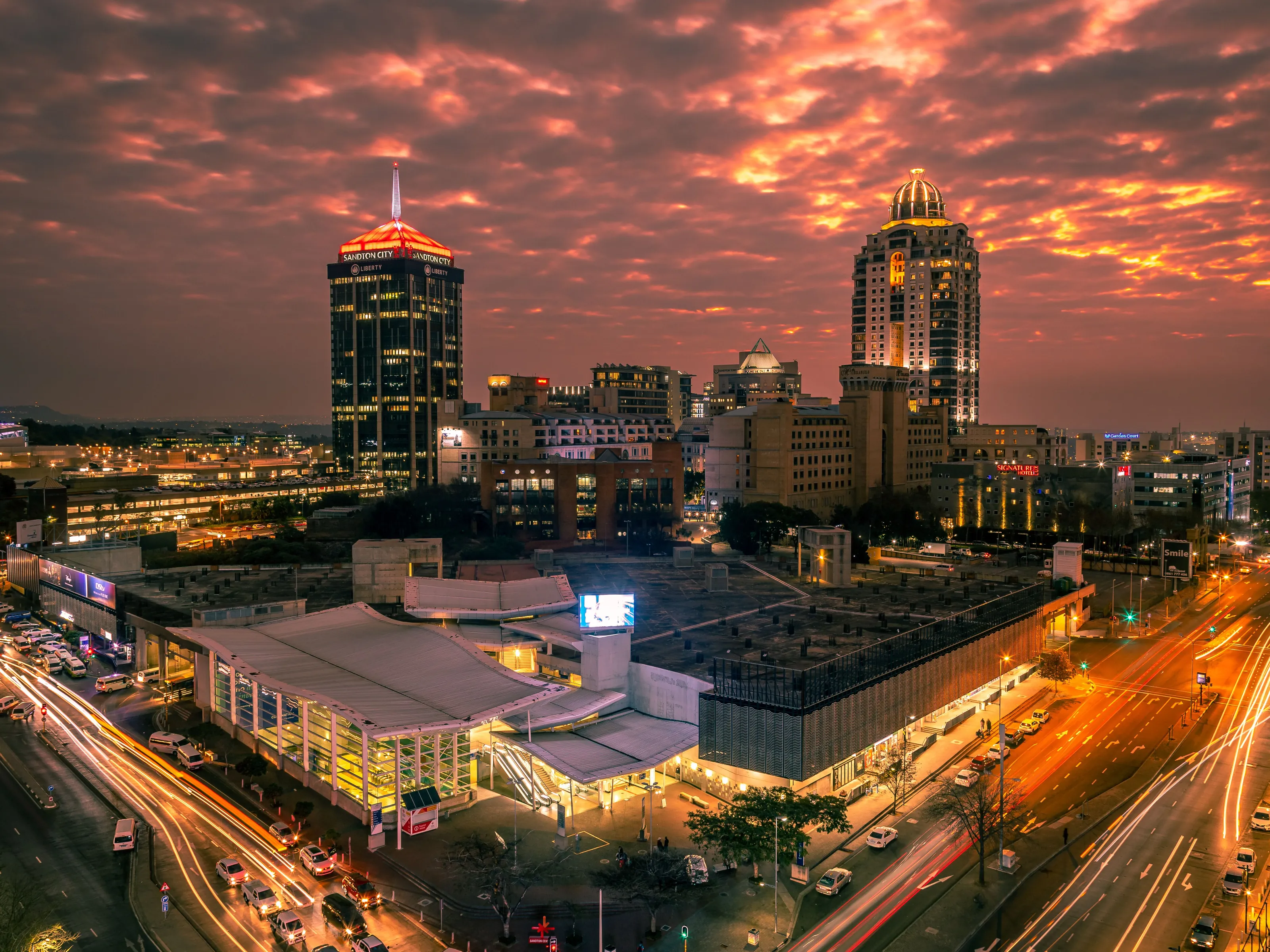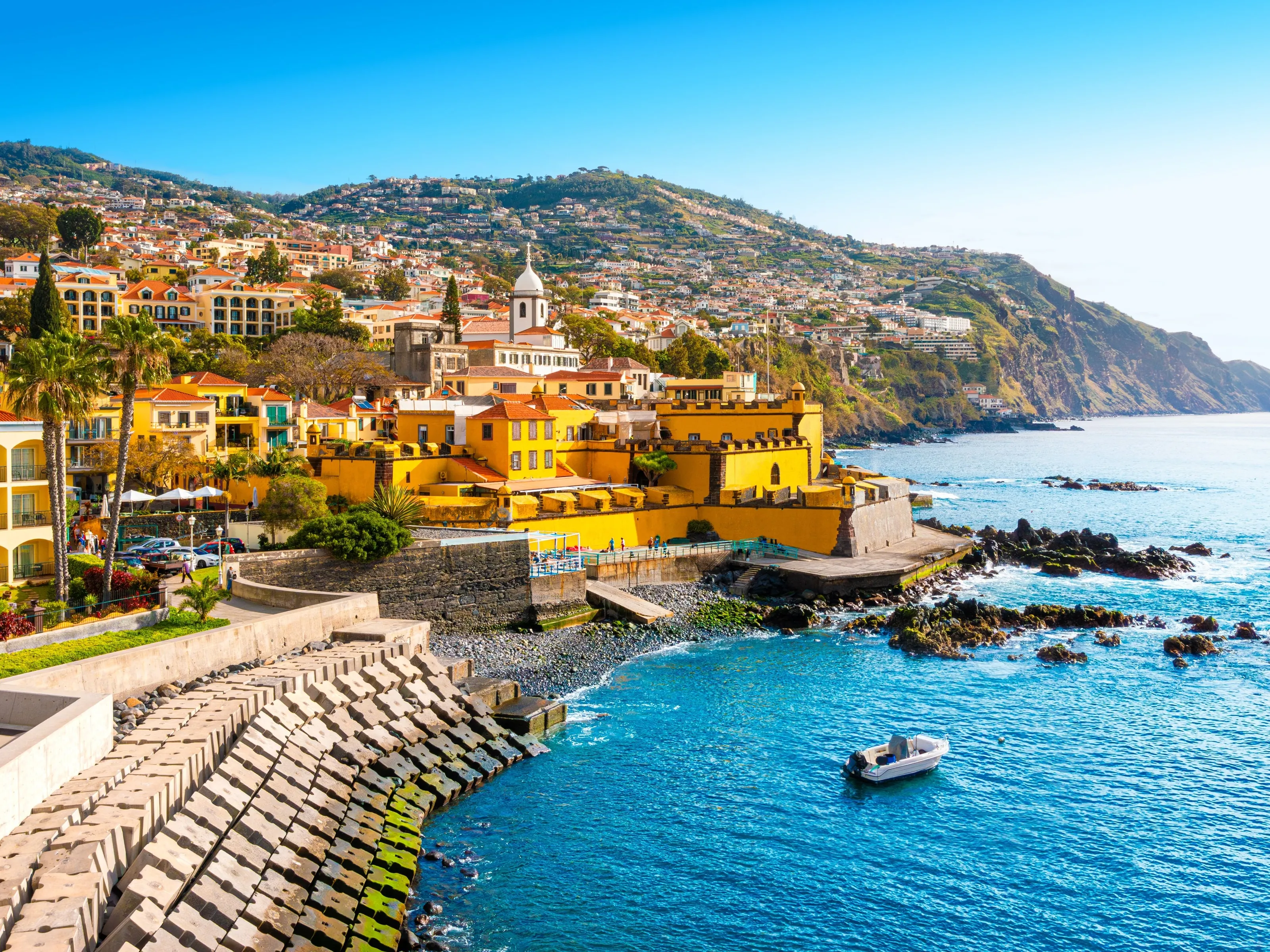Why Visit Swakopmund & Sossusvlei?
Namibia delivers Africa's most surreal landscapes where the world's tallest red sand dunes tower 300+ meters at Sossusvlei, dead acacia trees stand petrified for 900 years in Deadvlei's white clay pan, and the Skeleton Coast's shipwrecks rust beside seal colonies while desert-adapted elephants wander dunes meeting the Atlantic Ocean. Swakopmund (town pop. ~25,000, constituency ~76,000) serves as the coastal adventure base—a German colonial town where bratwurst and beer gardens feel transported from Bavaria but surrounded by Namib Desert—offering sandboarding, quad biking, skydiving, and scenic drives to moonscapes.
Yet the main draw lies inland: Sossusvlei in Namib-Naukluft National Park, a 4-6+ hour drive southeast depending on route and conditions, where Dune 45 and Big Daddy (325m) create Instagram's most iconic sunrise shots as first light paints sand from orange to crimson while hardy oryxes trek across ridges. Deadvlei's white clay pan (reached by 4x4 or 1km walk) presents one of Earth's most photographed scenes: 900-year-old dead camel thorn trees, blackened by sun, standing skeletal against white pan, red dunes, and blue skies—a surreal contrast that looks photoshopped but is entirely natural. The dead trees died when the Tsauchab River changed course, leaving them preserved in the world's driest desert where rainfall averages 25mm/year.
Accessing Sossusvlei requires self-drive 4x4 (last 5km sandy), guided tours from Windhoek or Swakopmund (10-14hr days, $150–$250), or staying inside the park at lodges like Sossus Dune Lodge (expensive but allows sunrise access when gates open 5am). Most visitors spend 2 days: sunrise at Deadvlei/Big Daddy, then Sesriem Canyon hike. The drive itself rewards: springbok herds, distant mountain ranges, and emptiness so vast it recalibrates your sense of space.
Back at Swakopmund, activities include: quad biking/sandboarding on dunes ($60–$80), skydiving over desert-meets-ocean ($200+), township tours, and fresh seafood at Atlantic restaurants. Skeleton Coast north of Swakopmund (Cape Cross Seal Reserve 2hrs, 100,000 seals) and Spitzkoppe's granite peaks (3hrs) add variety. Walvis Bay's flamingo lagoon lies 30km south.
Namibia's appeal lies in its extreme emptiness—it's Africa's least densely populated country (around 3 people/km²), offering wide-open roads, clear starry skies, and solitude rare in modern travel. Self-drive safaris through Etosha National Park (north, 5hrs from Swakopmund) add Big Five sightings to desert wonders. With English widely spoken (colonial legacy), excellent road infrastructure (gravel roads well-maintained), and safe reputation, Namibia delivers accessible African adventure without the chaos, though distances are vast—expect long drives between highlights.
What to Do
Sossusvlei Desert Wonders
Deadvlei & Big Daddy Dune
Earth's most surreal landscape—900-year-old dead camel thorn trees standing skeletal in white clay pan surrounded by red dunes and blue sky (park entry currently N$150 per adult plus N$50 per vehicle for 24h). Leave lodge before sunrise (4:30am) to enter park at 5am when gates open. Drive to Sossusvlei parking, then walk/shuttle final 1km to Deadvlei (or 4x4 through sand). Climb Big Daddy dune (325m, 1-2 hours up, 10 minutes running down) for incredible pan views. Bring headlamp, water, breakfast. Heat intense after 10am—finish by noon. Stay overnight in park to access sunrise.
Dune 45
Most climbed dune in Namib Desert—named for being 45km from Sesriem gate (free access with park entry). Sunrise climbers create silhouettes on ridge creating iconic photos. Climb takes 40-60 minutes (soft sand, exhausting). Amazing 360° views from 170m summit—Sossusvlei vlei, endless dunes, mountains. Arrive 45 minutes before sunrise (check times—varies 5:30-7am by season). Descend before heat. Or visit sunset (less crowded). Easier than Big Daddy. Most photograph from parking lot at base with climbers as scale.
Sesriem Canyon
30m-deep narrow canyon carved by Tsauchab River over millennia (free with park entry). Walk canyon floor 1-2km—shaded, cooler than dunes. Seasonal pools in rainy season. Easy walk takes 30-60 minutes. Visit late afternoon (3-5pm) after dune climbing when softer light. Sometimes dry. Name means 'six thongs'—early settlers needed six ox-hide thongs to pull water buckets. Less impressive than Deadvlei but convenient stop near Sesriem entrance. Skip if short on time.
Coastal Adventures
Swakopmund Adventure Sports
Namibia's adventure capital offers sandboarding and quad biking on desert dunes (half-day tours N$700–$900/$41–$52). Sandboarding down 100m+ dunes on belly or standing (like snowboarding). Quad bikes explore desert at speed. Tours include hotel pickup, equipment, guides. Best morning or late afternoon (midday heat brutal). Also: skydiving over desert-ocean junction ($200+, tandem jumps), scenic flights over Skeleton Coast, and kayaking with seals at Walvis Bay. Book day before. Adrenaline junkies' paradise.
Cape Cross Seal Reserve
100,000 Cape fur seals colony creates chaotic, noisy, smelly spectacle (around N$100–$150 per person plus vehicle fee, 2 hours north of Swakopmund—check current rates). Boardwalks through colony offer close views—pups, bulls fighting, constant barking. Breeding season November-December most active. Smell overwhelming—fishy, ammonia (you'll reek after). Bring nose plugs if sensitive. Best early morning (8-9am) or late afternoon. Combine with Skeleton Coast drive. Allow 3-4 hours including travel. Portuguese cross monument from 1486. Not for everyone but uniquely Namibian.
Skeleton Coast Scenic Drive
Desolate coastline north of Swakopmund where shipwrecks rust on beaches and desert meets Atlantic (free to drive). Eduard Bohlen shipwreck visible from road (rusted skeleton 400m inland from beach). Foggy mornings create eerie atmosphere—Benguela current causes perpetual fog. Drive north on C34 coastal route—gravel roads but accessible 2WD. Moonscape-like terrain. Cape Cross furthest most go (2hr each way). No facilities—bring snacks, fuel up before. Lonely, beautiful, harsh landscape. Photography excellent but bleak—not for everyone.
German Colonial Heritage
Swakopmund Town
German colonial architecture creates Bavaria-in-Africa incongruity—Woermannhaus tower, Hohenzollernhaus, Lutheran church. Palm-lined streets, cafés serving apfelstrudel and German beer, orderly sidewalks feel transported from Europe surrounded by Namib Desert. Walk jetty extending 300m into Atlantic (free)—cold ocean, seals sometimes. Browse craft markets along Sam Nujoma Avenue. Best afternoon (3-6pm) when fog often lifts. Allow 2-3 hours wandering. Base for desert trips but town itself worth exploration.
Walvis Bay Flamingos & Lagoon
30km south, sister city famous for flamingo lagoon (free viewing from waterfront). Thousands of flamingos (both greater and lesser species) feed in shallow waters creating pink masses. Best viewing: waterfront promenade near Raft Restaurant and Bird Island lookout. Boat tours include kayaking with seals, pelicans, and flamingos (N$800/$46 3 hours). Sunrise/sunset photography excellent. Combine with Swakopmund same day—drive takes 30 minutes on paved road. Bring binoculars. Flamingos year-round but numbers vary.
Gallery
Travel Information
Getting There
- Airports: SWP, WDH
Best Time to Visit
May, June, July, August, September, October
Climate: Warm
Weather by Month
| Month | High | Low | Rainy days | Condition |
|---|---|---|---|---|
| January | 22°C | 16°C | 0 | Good |
| February | 22°C | 17°C | 0 | Good |
| March | 23°C | 16°C | 0 | Good |
| April | 22°C | 14°C | 0 | Excellent |
| May | 27°C | 15°C | 0 | Excellent (best) |
| June | 28°C | 15°C | 0 | Excellent (best) |
| July | 29°C | 15°C | 0 | Excellent (best) |
| August | 21°C | 10°C | 0 | Excellent (best) |
| September | 19°C | 9°C | 0 | Excellent (best) |
| October | 19°C | 12°C | 0 | Excellent (best) |
| November | 20°C | 13°C | 0 | Good |
| December | 20°C | 15°C | 1 | Good |
Weather data: Open-Meteo Archive (2020-2024) • Open-Meteo.com (CC BY 4.0) • Historical avg. 2020–2024
Budget
Excludes flights
Visa Requirements
Visa-free for EU citizens
💡 🌍 Traveler Tip (November 2025): Best time to visit: May, June, July, August, September, October.
Practical Information
Getting There
Hosea Kutako International Airport (WDH) near Windhoek is 360km (4.5hrs drive) from Swakopmund. Flights from Frankfurt, Johannesburg, Cape Town, Addis Ababa. Domestic flights Windhoek-Walvis Bay (30min, $100–$150), then 30km to Swakopmund. Most self-drive: rent car at Windhoek airport, drive to Swakopmund (scenic coastal route via Sesriem or inland via Solitaire). Buses Windhoek-Swakopmund exist (~$20 6hrs) but car essential for Sossusvlei.
Getting Around
Self-drive is the way to experience Namibia—roads excellent (paved B-roads, well-maintained gravel C/D roads), traffic minimal, signage good. Swakopmund walkable (small town). Sossusvlei requires full-day drive from Swakopmund (640km round trip, 10-14hr) or overnight stay nearby (Sesriem area). Rental cars: book in advance, 4x4 costs extra, basic insurance mandatory. Fuel stations sparse—fill up in towns. Speed limit: 120km/h paved, 80km/h gravel (enforce strictly—gravel faster = rollover risk). Alternative: guided tours from Windhoek or Swakopmund ($150–$300/day, multi-day recommended). No public transport to Sossusvlei.
Money & Payments
Namibian Dollar (NAD, N$) pegged 1:1 to South African Rand (ZAR). Both currencies accepted. Exchange: $1 ≈ 20 NAD, $1 ≈ 18 NAD. Cards widely accepted in towns, lodges. ATMs in Swakopmund, Windhoek, major towns. Bring cash for fuel, small shops, park fees. Tipping: 10% restaurants, N$20–$50 for guides, N$10–$20 for petrol attendants (full service). Affordable prices—meals N$80–$180 fuel N$20/liter.
Language
English is official language (former South African/British control). Widely spoken in tourism, well-educated population. Afrikaans also common (German colonial past). Indigenous languages: Oshiwambo, Herero, Damara. English communication effortless—signs, menus, interactions all English. German still spoken in Swakopmund (legacy town). One of Africa's easiest countries for English speakers.
Cultural Tips
Self-drive culture: Namibians wave to passing cars on empty roads (friendly custom), give way on single-lane bridges (first to arrive has right), refuel frequently (stations 200km+ apart). Desert safety: carry 5+ liters water per person per day, don't underestimate distances (heat exhaustion risk), tell someone your route. Wildlife on roads: dusk/dawn watch for oryx, kudu, warthogs—collisions dangerous. Swakopmund: German bakeries, cafés, orderly streets feel European. Respect Himba/Herero communities if visiting—ask permission for photos, support ethical tourism. Camping popular—bring all gear (cold nights!). Tipping appreciated but not obligatory. Conservative dress in towns. Photography: ask locals first. Stargazing incredible (no light pollution).
Perfect 5-Day Namibia Desert Adventure
Day 1: Arrive Windhoek, Drive to Sossusvlei Area
Day 2: Sossusvlei & Deadvlei Sunrise
Day 3: Drive to Swakopmund via Namib Desert
Day 4: Adventure Day in Swakopmund
Day 5: Return to Windhoek & Depart
Where to Stay in Swakopmund & Sossusvlei
Swakopmund
Best for: Coastal base, German colonial town, adventure sports, restaurants, easy access, beach walks
Sossusvlei & Deadvlei
Best for: World's tallest red dunes, dead trees, iconic photography, sunrise essential, main attraction
Skeleton Coast
Best for: Shipwrecks, seal colonies, desolate beauty, Cape Cross, dramatic coastline, day trips
Namib-Naukluft National Park
Best for: Desert wilderness, Sesriem Canyon, vast emptiness, lodge stays, stargazing
Frequently Asked Questions
Do I need a visa to visit Namibia?
What is the best time to visit Namibia?
How much does a trip to Namibia cost per day?
Is it safe to visit Namibia?
Do I need a 4x4 vehicle for Sossusvlei?
Popular Activities
Top-rated tours and experiences in Swakopmund & Sossusvlei
Ready to Visit Swakopmund & Sossusvlei?
Book your flights, accommodation, and activities

